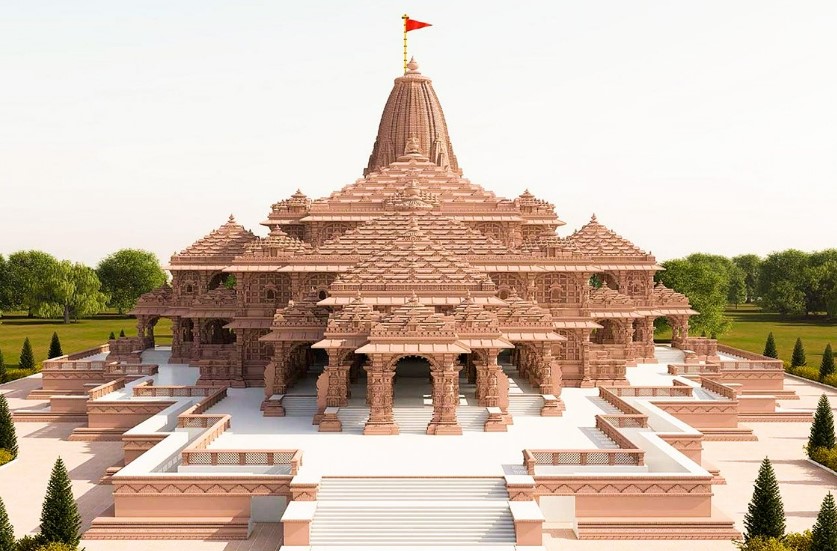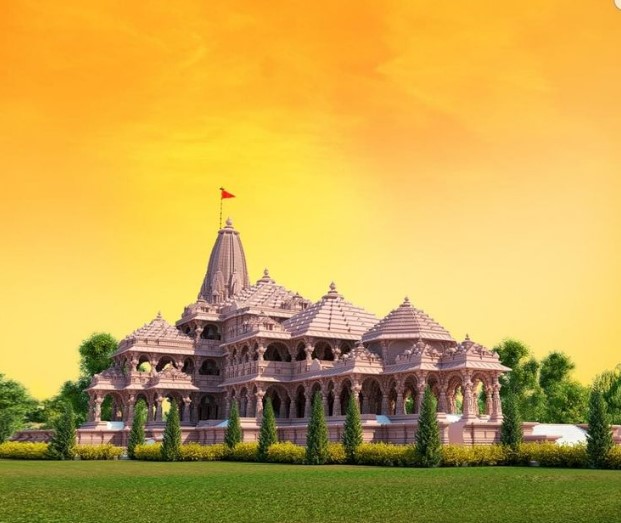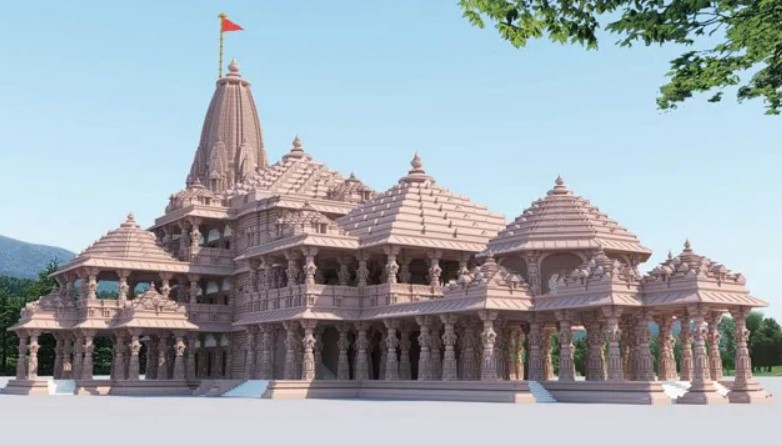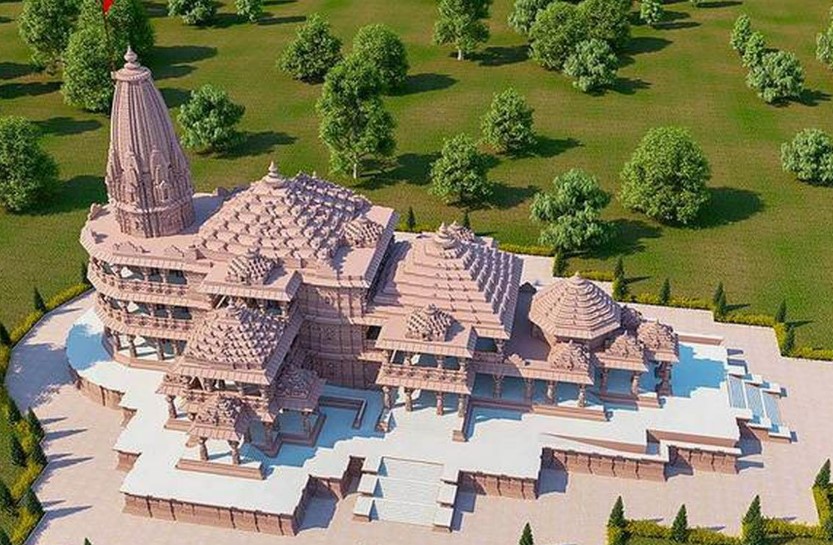
The Ram Mandir in Ayodhya stands as one of the most anticipated and revered religious projects in India, not just for Hindus but for those who appreciate history, culture, and architecture. From its historical importance to its spiritual significance, the Ram Mandir is more than just a temple—it’s a symbol of devotion, resilience, and cultural heritage.
In this blog, we will explore the key facts, architectural highlights, and significance of the Ram Mandir, along with other fascinating insights.
Key Facts about Ram Mandir
- Location: The Ram Mandir is located in Ayodhya, Uttar Pradesh, a city that holds a significant place in Hindu mythology. Ayodhya is believed to be the birthplace of Lord Ram, one of the most revered deities in Hinduism.
- Construction Timeline: After a long legal battle, the foundation stone for the Ram Mandir was laid on August 5, 2020, by Prime Minister Narendra Modi. The construction is expected to be completed by 2024.
- Size and Capacity: Once completed, the temple will span approximately 57,000 square feet and stand 161 feet tall. The Ram Mandir will have three stories, with intricate carvings depicting various events from Lord Ram’s life. The temple will accommodate around 50,000 devotees at a time.
- Materials: The structure is primarily being built using pink sandstone from Rajasthan. These stones are being intricately carved by artisans, ensuring a traditional and divine feel to the entire architecture.

Architectural Highlights
The Ram Mandir is designed to follow the principles of traditional Hindu temple architecture, blending elements of grandeur, devotion, and intricate artistry. Here are some architectural highlights:
- Nagara Style: The Ram Mandir follows the “Nagara” style of architecture, which is one of the most prominent temple styles in North India. Characterized by beehive-shaped towers or ‘Shikhara’, this architectural form represents spiritual ascent.
- Multiple Shikharas (Spire Towers): The temple will feature five Shikharas, symbolizing the five elements of nature—earth, water, fire, air, and space—pointing to the interconnectedness between the physical and spiritual realms.
- Intricate Stone Carvings: Artisans are working tirelessly to ensure that each stone carries symbolic carvings that depict scenes from the Ramayana, particularly Lord Ram’s life journey, adding layers of depth and reverence to the structure.
- Sanctum Sanctorum (Garbhagriha): The innermost chamber, where the main deity (Lord Ram) will reside, is designed to evoke feelings of purity, peace, and devotion. Only the holiest part of the temple, this chamber will host a grand idol of Lord Ram seated on his throne.
- Vastu-Shastra Compliance: The temple’s architecture adheres to the ancient Indian science of architecture, Vastu Shastra. This ensures that the energy flow in the temple promotes peace, prosperity, and spiritual harmony for its visitors.

Significance of the Ram Mandir
- Religious Significance: The Ram Mandir is of immense religious importance, particularly for Hindus who believe that Ayodhya is the birthplace of Lord Ram. Lord Ram represents the ideal man, perfect king, and embodiment of dharma (righteousness). The temple is thus a site of pilgrimage for millions of devotees, both in India and across the world.
- Cultural Significance: The Ram Mandir represents centuries of cultural heritage. The stories of Lord Ram, his values, and his life form a cornerstone of Hindu culture and the larger Indian ethos. The construction of the temple is seen as a reclamation of that rich cultural past.
- Symbol of Unity and Faith: Beyond its religious and cultural significance, the Ram Mandir stands as a symbol of unity and perseverance. After years of legal and social battles, the laying of the foundation stone for the temple symbolizes the triumph of faith and hope over adversity.
- Tourism and Economic Boost: The Ram Mandir is expected to boost religious tourism in Ayodhya. With improved infrastructure, accommodation, and amenities, the temple is anticipated to draw millions of tourists each year, providing an economic boost to the region.

Other Aspects
- Historical Controversy: The Ram Mandir was at the center of a major socio-political dispute. The Babri Masjid, a mosque built in the 16th century on the same site, was demolished in 1992, leading to significant unrest. The legal battle over the ownership of the land continued for decades, culminating in a Supreme Court verdict in 2019, which cleared the way for the construction of the temple.
- Modern-Day Impact: The Ram Mandir holds not only spiritual but also political importance in contemporary India. It has been a focal point for several socio-political movements, and its construction is seen by many as a culmination of decades of religious and political aspirations.
- Pilgrimage Site: Ayodhya is already a sacred site for Hindus, and with the completion of the Ram Mandir, the city will become one of the most important pilgrimage destinations in India. Special pilgrimage routes, infrastructure, and connectivity are being developed to cater to the expected influx of visitors.
Conclusion
The Ram Mandir is more than just a religious structure; it’s a monumental symbol of devotion, faith, culture, and resilience. Its architectural beauty, spiritual significance, and historical importance make it one of the most remarkable landmarks in modern India. Whether you visit Ayodhya as a pilgrim or a traveler fascinated by architecture and history, the Ram Mandir promises to be a place of awe and reverence for generations to come.
As the construction of the temple nears completion, the world watches eagerly to witness the rise of one of India’s most iconic and spiritually significant landmarks.